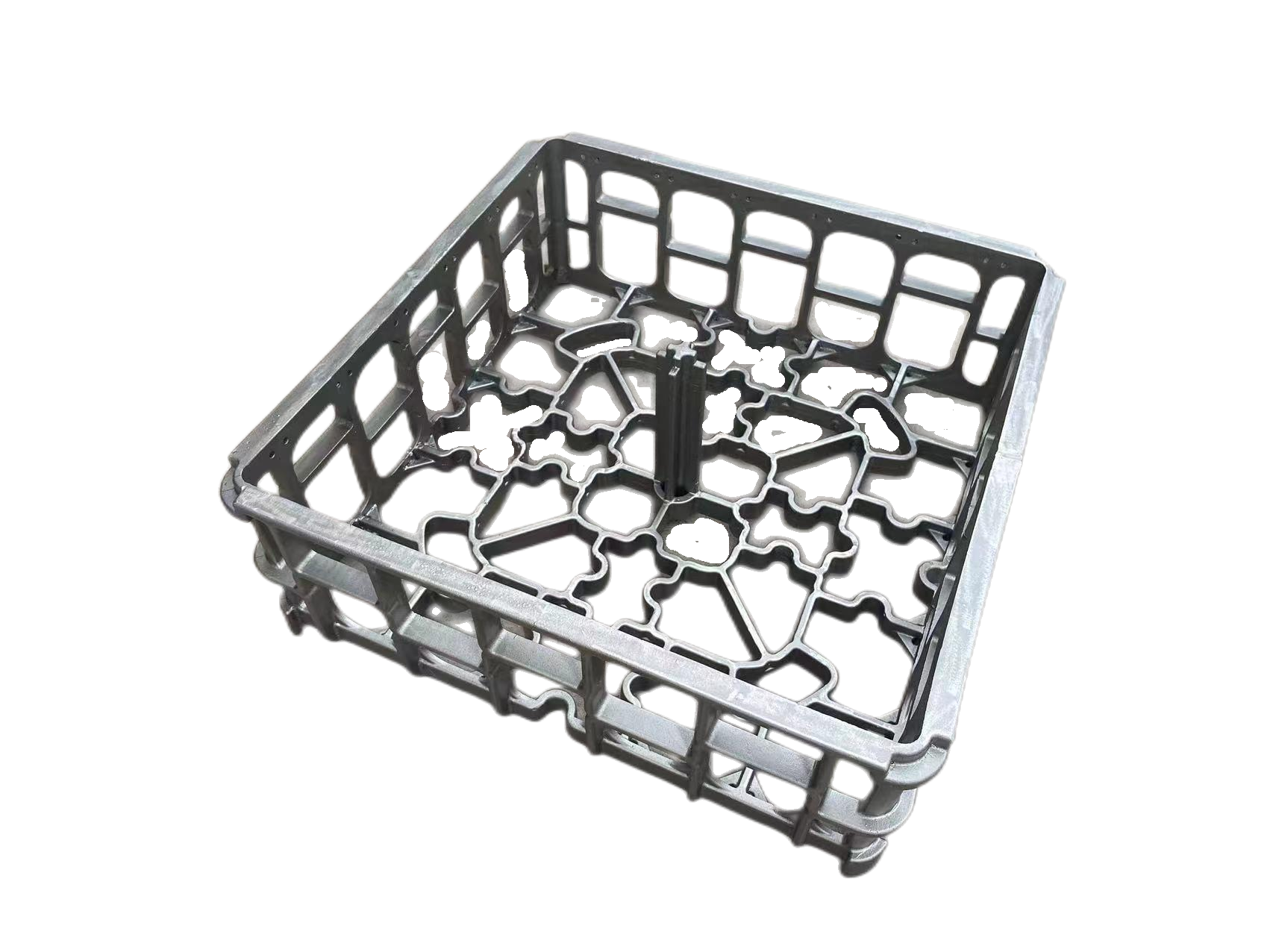cast iron heat treatment
Cast iron heat treatment is a sophisticated metallurgical process that fundamentally transforms the properties of cast iron materials. This critical process involves carefully controlled heating and cooling cycles to enhance the metal's mechanical and physical characteristics. The treatment typically encompasses several stages, including stress relief, annealing, normalizing, and hardening, each serving specific purposes in modifying the material's structure. During the process, temperatures are precisely regulated, often reaching between 1300°F and 1700°F, depending on the desired outcome. The technology employs advanced furnace systems with precise temperature control mechanisms and specialized cooling methods. These treatments can significantly alter the material's microstructure, affecting properties such as hardness, ductility, and machinability. The applications span across various industries, from automotive components and machinery parts to industrial equipment manufacturing. The process is particularly valuable in producing components that require specific mechanical properties, such as engine blocks, brake rotors, and industrial tools. Modern heat treatment facilities utilize computer-controlled systems to ensure consistent results and maintain strict quality standards throughout the process, making it an essential step in manufacturing high-quality cast iron products.

